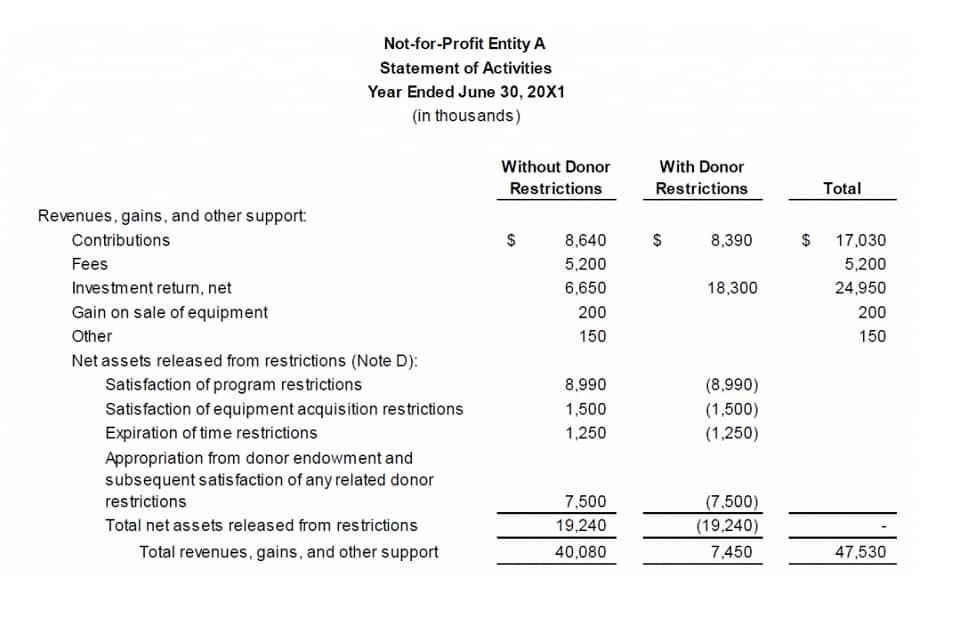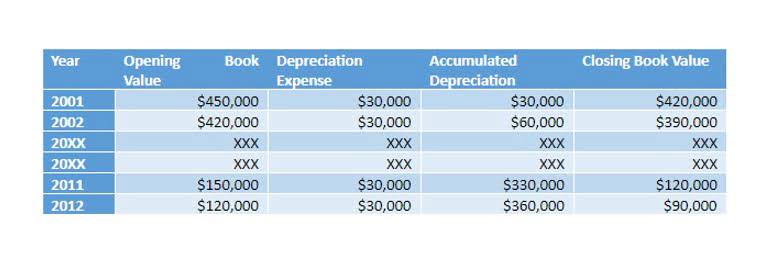
Like, there could be a situation when there is no production activity in Suspense Account the company. It is so because the company has to incur the fixed cost even though no activity is there. In addition to the fixed cost, the variable cost will be there if the company has some activity and will increase with the increase in the activity level.

Examples of Mixed Cost

Variable costs are safer, generate less leverage, and leave the company with a smaller upside potential. Variable and fixed costs play into the degree of operating leverage a company has. Several factors play into an evaluation of a company’s expenses, fixed or variable. These include relevant range, degree of leverage, and contribution margin.
What is mixed expense?
We were charged a daily rate (fixed cost) plus a rate per mile (variable cost). This analysis helps Maple Leaf Manufacturing understand how costs will change with different production levels, aiding in decision-making and financial planning. Cost behavior refers to how costs change in response to changes in a company’s level of activity.
Realistic Application in Small Business
Imagine you’re running a business and trying to understand your expenses. Have you ever come across costs that seem to have both fixed and variable elements? These are known as mixed costs, and they play a crucial role in budgeting and financial planning. Understanding fixed, variable, and mixed costs is crucial for effective managerial accounting. By analyzing cost behavior, organizations can make informed decisions, optimize resource allocation, and achieve financial objectives. This knowledge is not only essential for exam preparation but also for practical application in the Canadian accounting profession.
- If the company pays time and half, the 41st hour variable cost is the one half rate amount.
- Some of the expenses are fixed because they do not change in total as the number of annual miles change.
- The fixed portion of a mixed cost represents the minimum cost incurred, while the variable portion represents the additional cost incurred with an increase in production.
- By the end of this article, you will have a thorough understanding of fixed, variable, and mixed costs, and how to apply this knowledge in both exam settings and real-world business situations.
- This nuanced understanding is crucial for making informed decisions about pricing strategies, volume targets, and profit margins.
What is the difference between mixed costs and semi-variable costs?
For example, the rental charges of a machine might include $500 per month plus $5 per hour of use. The electricity bill https://lensrxlab.com/online-hr-services-payroll-benefits-and-everything-5/ can be divided into two parts – (1) a fixed line rent and (2) cost of units of electricity consumed. The line rent remains fixed and is not affected by the consumption of electricity whereas the cost of units consumed varies with the change in units consumed.

Therefore, managing these fixed charges efficiently is crucial for stability and success in any industry. Led by editor-in-chief, Kimberly Zhang, our mixed cost definition editorial staff works hard to make each piece of content is to the highest standards. Our rigorous editorial process includes editing for accuracy, recency, and clarity. For others who are paid an hourly rate, more labor hours result in higher paychecks.

Semi-Variable Costs: Definition, Characteristics, Examples, and Importance in Business
- A cost that changes, in total dollar amount, with the change in the level of activity is called variable cost.
- However, anything above this has limitless potential for yielding benefits for the company.
- By analyzing how costs behave—whether they are fixed, variable, or mixed—businesses can make informed decisions about pricing, production levels, and product mix.
- Companies view fixed costs as important figures on their balance sheets because they are key indicators of financial health.
- A variable cost is a business expense that’s directly affected by production.
These examples illustrate how businesses can better budget and plan their resources. It requires knowledge of algebra and statistics though, making it the most demanding method of segregating the fixed and variable components of a mixed cost. The high-low method is probably the simplest and easiest method of segregating the fixed and variable components of a mixed cost. This makes the phone plan a mixed cost as it has both fixed and variable components. Explore the intricacies of mixed and step costs in managerial accounting, focusing on cost behavior analysis, practical examples, and real-world applications for effective decision-making.
